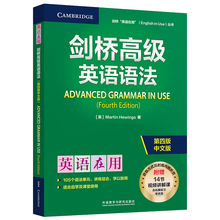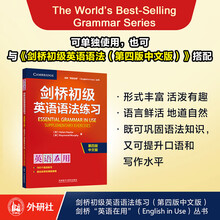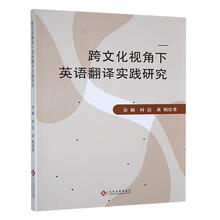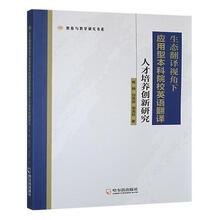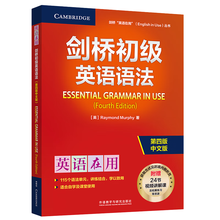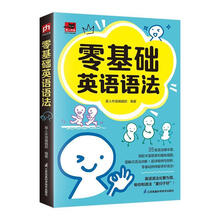In this unit, we come to Section Three and begin to learn idioms applying
words concerning human body as association vehicles.
Please read the following quotation:
原始人类总是用自身的一切去类比大千世界,即古人所谓“近取诸身”(《周易》)。意大利哲学家维柯(1986:180-181)指出:“值得注意的是在一切语种里大部分涉及无生命的事物的表达方式都是用人体及其各部分以及用人的感觉和情欲的隐喻来形成的……人在无知中就把他自己当作权衡世间一切事物的标准。
and the following examples:
the heart of a city/story,
the neck of a bottle/microphone,
the face/back of a building/a watch,
the eyes of a potato/problem,
the head of a river/nail/village/office/page/on a beer,
the legs of a chair,
the nose of a plane/car,
From the above examples we may see that people often use human body to
describe inanimate objects, ideas, and abstractions. In this way, they make the inanimate animate, the abstract vivid and concrete. Please read more examples:
the finger of a clock,
the arm of a derrick/chair/tree/record-player/coat,
the back of a chair,
the foot of a mountain/page/lamp/table.
Can you give some other examples?
展开


